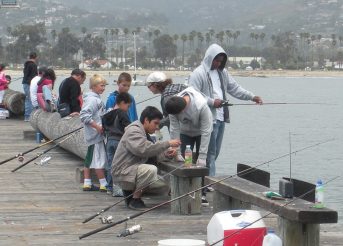EPA grants final approval to framework for assessing sediment’s impacts on humans

EPA Region 9, which approved the framework in March, noted the “robust science and stakeholder engagement” that went into the framework’s development.
The framework, described in a 2017 SCCWRP technical report, is now California’s official method for implementing California’s Sediment Quality Objective (SQO) for protection of human health. The human health SQO – one of three adopted by the State Water Board in 2008 for enclosed bays and estuaries – is a one-sentence regulatory target that calls on sediment contamination to not be present “at levels that will bioaccumulate in aquatic life to levels that are harmful to human health.”
The framework defines for environmental managers how to assess compliance with the human health SQO. SCCWRP is in the process of updating technical guidance documents and data analysis software, and developing a training course to support the framework’s implementation.
More news related to: Sediment Quality, Sediment Quality Assessment Frameworks